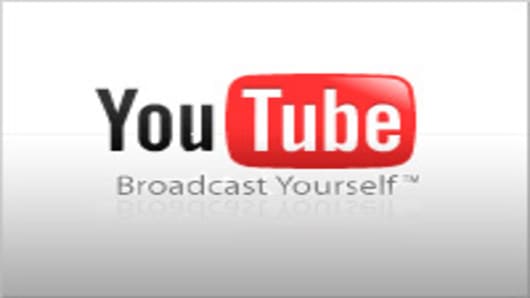1. The video is too long. One of the biggest turn-offs for customers is that a video is just too darn long. Too often, people try to pack more information into one video than is necessary to make their point. People have short attention spans, especially when they’re online.
Solution: If I you are putting together a simple video for your blog, try to limit the time to 2½ minutes or less. Give people bite-size pieces of your philosophy that they can easily digest, and leave them wanting more. Don’t over-explain; you can easily waste 30 seconds telling viewers what you plan on talking about. Instead, just start by sharing the juicy stuff.
2. The video has no clear purpose. If you don’t have a clear understanding of what the purpose of each and every video you post is, how will your viewers understand it? There are so many videos that ramble and never really offer great value for the viewer. Don’t be one of those.
Solution: Take some time to plan. Think through the goal of each video, one at a time. Say right up front what subject you’re going to tackle and dive right into the topic. I have seen huge improvements with my clients when they make a brief outline of what they’ll cover, using key words only, before they hit record. Try not to tackle more than three main points. Make them clear, valuable and give viewers something they can implement in their daily lives. When you post your video to YouTube, choose a video title that's easily searchable with clear deliverables: "How to Groom Your Dog – the Right Way" or "How to Feel Confident in a Job Interview."
3. The video can’t be deciphered because of bad audio. I’m a huge fan of DIY videos, but it does require a bit of thought when it comes to choosing the right setting. It'll drive your viewers insane if they can’t hear what you’re saying.
Solution: I’m not going to tell you to run out there and buy a bunch of expensive equipment. Start by working with what you already have. If you’re using a Flip camera or the camera on your computer, don’t get too far away. Stay close enough so the mic can pick up your audio. Don’t yell. Use your natural volume and, most importantly, listen to everything before you put it online. If you’re having trouble hearing yourself with your volume up, assume other people have the same problem.
4. You’re not giving viewers what they want. If you want to create a loyal following, you have to give people information that’s valuable to them. It’s that simple. What are the most common questions you get asked by readers or potential clients? Focus on those. Think about where your real knowledge is and make the point of allowing your audience to see a different side of you and your brand on camera. People want something with huge value, and they want to get it from someone they can relate to and believe in. Make it your goal to become that spokesperson and offer huge value on a regular basis.
Solution: Always, always, always keep your audience in mind. Have no idea what they want to see you create? Ask! They’ll tell you, either through social media or in person. Start to watch for what really peaks people’s interest when you speak about what you do. Notice where you get the most passionate in conversations and build videos around the core concepts. You can even create some videos in a Q & A style and let your audience know how to get their questions answered by you in upcoming videos. Make yourself accessible, responsive and interesting.
5. You’re trying way too hard to be perfect. I always have people asking me about how to change this or that about how they talk, how they move and how they look. Sometimes, changes are totally necessary, but most of the time our natural inclination is to focus on the small things about ourselves that tend to drive us completely mad, like an inability to say a strong R or the way our hands move when we talk. Sure, we could spend hours doing exercises to make ourselves “perfect,” but is that what people really want? No. They want a human being.
Solution: Be prepared and polished, but still be you. We all have idiosyncrasies. We all have quirks. And that’s part of what makes us unique and compelling on camera. Spend more time focusing on the story and mastering your soundbites, rather than a slight lisp on your S's. In this age of air-brushed and autotuned everything, it's no wonder v-loggers are getting millions of views a video on YouTube — more than some network television shows. Today's web viewers are attracted to real people with endearing imperfections.
Ellie Scarborough is the founder + principle of Media Bombshell, a boutique consulting agency.
Email us at SmallBiz@cnbc.com and follow us on Twitter@SmallBizCNBC.


